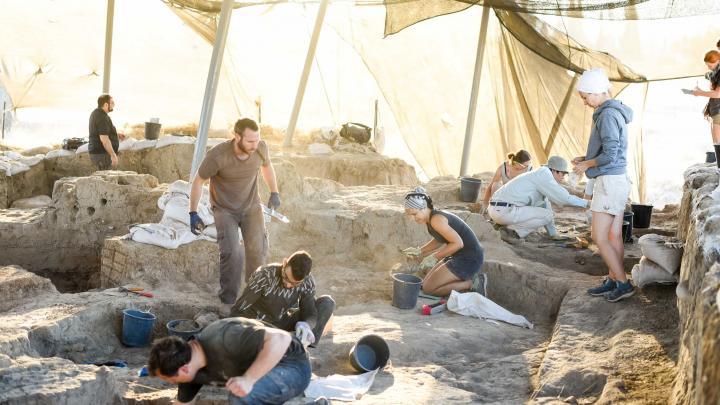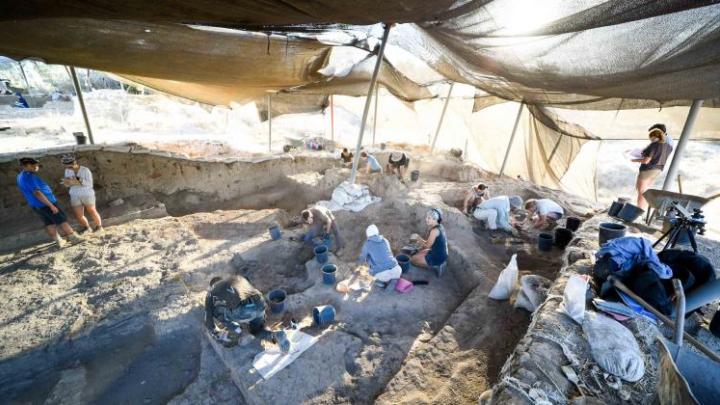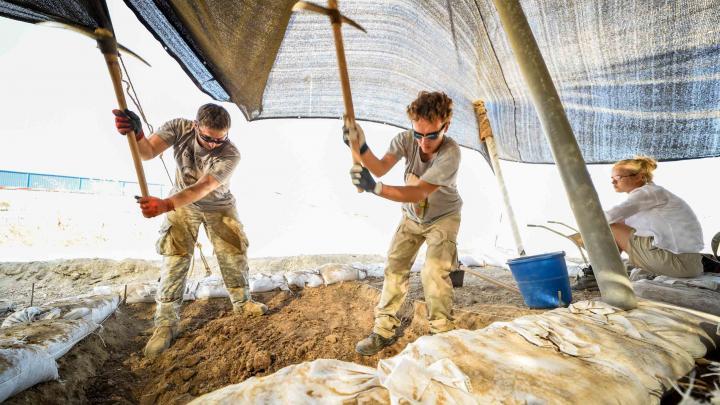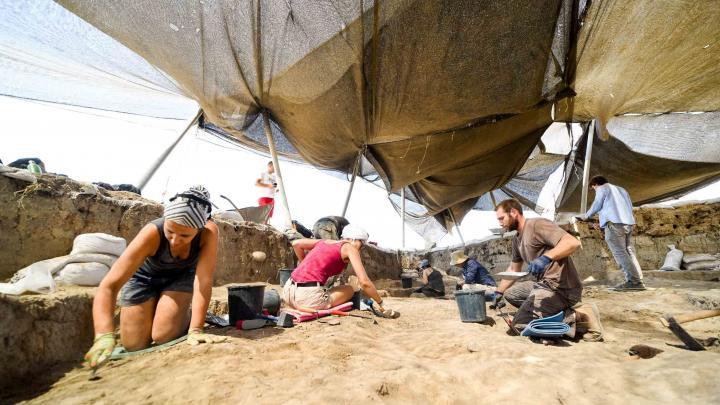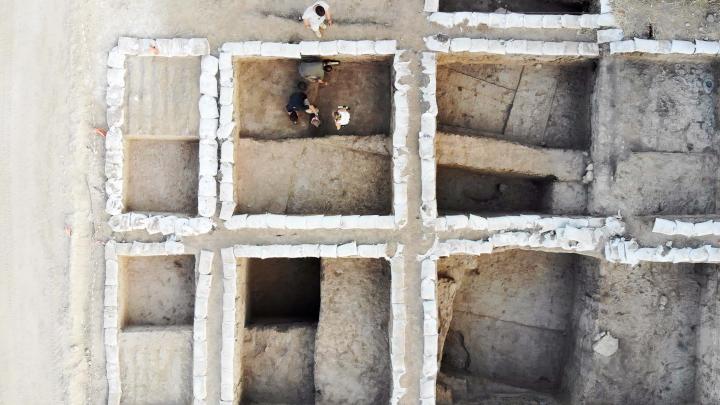New findings of Kraków archaeologists in Israel
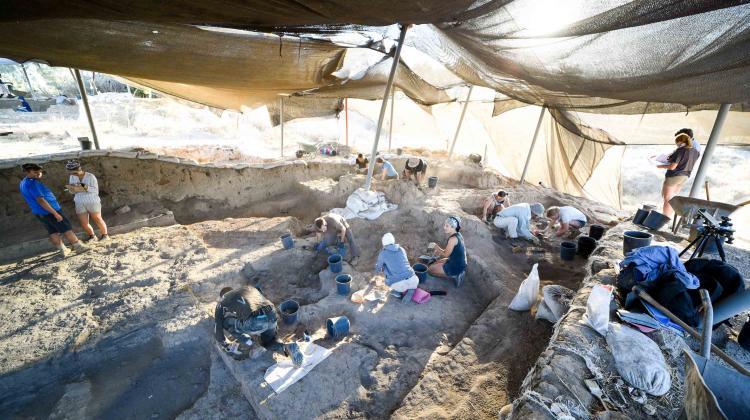 Source: Institute of Archaeology of the Jagiellonian University
Source: Institute of Archaeology of the Jagiellonian University
At the Tel Erani site in Israel, Kraków archaeologists unearthed a structure and objects that may indicate that Tel Erani was one of the first places in the region that the Egyptians had reached. They also estimated that the wall discovered a year ago was over 5,300 years old.
The latest excavations conducted at the Tel Erani site in Israel by a team of researchers from the Institute of Archaeology of the Jagiellonian University in Kraków have been completed. For six years, researchers have been exploring the buildings of the city from the Early Bronze Age and Egyptian trading post located there. According to recent discoveries, the local community was at a much higher level of organization than previously thought.
This year, the main excavation provided the participants of the expedition with new information. It turned out that there was another structure below the previously known building associated with the Egyptians. According to Dr. Marcin Czarnowicz, the building is also associated with newcomers from the Nile. This conclusion is based on the discovered bread forms, utilitarian objects and ceramics. The archaeologist is convinced that they come from the earlier phase of the Egyptian culture of Nagada, which lasted approx. from 3150 to 3050 B.C. These items may indicate that Tel Erani was one of the first places in the region that the Egyptians had reached.
Archaeologists found imported ceramics, including vessels that are relatively rare in Egypt. They also reached the calca - the layer untouched by man. "We estimate that this is the beginning of the settlement, at least in this area" - the expedition participant reports.
During the last season, archaeologists continued research on the wall discovered a year ago. "We are convinced that we have reached its base. Importantly, we were able to confirm the date of construction of this structure. We now know that it is over 5,300 years old" - Czarnowicz says.
Scientists wanted to determine the further course of the huge wall using GPR, but their results were not 100% conclusive because of rifle shells and fragments of missiles remaining after the battles of 1948-1949 in the upper layers of the site. "Perhaps our knowledge of the extent and preservation of the wall will be greater after next year`s season. We are extremely curious about the extent of this oldest structure of this type in Israel" - the archaeologist says.
Leader of the expedition Prof. Krzysztof Ciałowicz suspects that ceramics were produced in Tel Erani. His team has not yet found the furnace, but with the buildings of the Egyptian trading post archaeologists came across a lot of different ashes and traces of burning. "These are certainly not the remains of a burned building. In addition, we have a lot of different types of slag. Laboratory tests have shown that there are no traces of copper, which is why we think they were a result of production of ceramic vessels" - he said.
Tel Erani is considered one of the key Levantine centres with recorded early Egyptian influence. Its archaeological potential has been noticed a long time ago, and the first regular excavations began in the mid-twentieth century.
Recent studies of researchers from Kraków have shown that the inhabitants of Lower Egypt maintained relations with southern Levant, which used to be a topic of discussion. "We proved that they were very intensive" - notes the expedition leader. He explains that in the fourth millennium BC, the two regions cooperated closely. Commodities like copper and oil were imported to Egypt. Meat of animals and fish was shipped to Levant.
The project of archaeologists from Kraków is financed with a grant from the National Science Centre and carried out in cooperation with scientists from the Ben-Gurion University in Beersheba and the Israel Antiquities Authority. On-site work is also supported by researchers from the Institute of Systematics and Evolution of Animals of the Polish Academy of Sciences, the W. Szafer Institute of Botany PAS and a large group of students and doctoral students from the Jagiellonian University.
PAP - Science in Poland, Beata Kołodziej
bko/ agt/ kap/
tr. RL
Przed dodaniem komentarza prosimy o zapoznanie z Regulaminem forum serwisu Nauka w Polsce.


